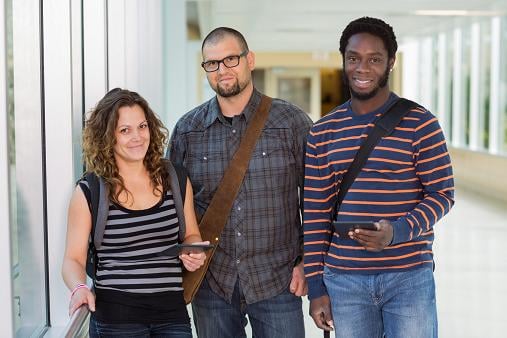Published on
Adapting to the Rise in Non-Traditional Students (Part 1)

This is the first of a two-part series by Dan Gerger and Sarah Golin discussing what colleges and universities must do to create successful adult student programs.
Loyola University New Orleans is a highly respected university that opened its doors almost 170 years ago. However, the university recently had to lay off 18 employees to help the school overcome a $5.1 million deficit. This was due to the fact that freshman enrollment last year was 30 percent lower than anticipated, and without the layoffs, Loyola would have been facing a $7.5 million budget shortfall.
This problem of declining enrollment and budget shortfalls is not unique to Loyola. A report last year by Bain & Company highlighted the stark reality for many colleges and universities. An analysis of nearly 1,700 public and private nonprofit colleges by Bain found that one-third of these institutions are on an “unsustainable financial path” and an additional 28 percent are “at risk of slipping into an unsustainable condition.”
For the past 15 years, I have worked with adult undergraduate and graduate students who return to school after years of working and raising a family. These individuals are part of a growing number of adults who decide to go back to college. In the United States, there are 36 million adults with some college credit but no degree and another 14 million adults who have an associate’s degree but no bachelor’s. Amazingly, adults now comprise nearly half of all college students. For many schools, focusing on this fast-growing segment of the student market could provide financial stability in the years to come.
The problem, however, is most colleges have been unable to adapt to these changing demographics, and are not effectively reaching the adult student population. Whether because of the campus culture, limited resources or an administration and faculty unwilling to modify their academic and administrative structure, many schools are missing a chance to educate an important segment of students. Too often, change is not implemented until the college is on the brink of bankruptcy. By then, it is often too late.
Only by dedicating the same amount of energy and resources to non-traditional programs will colleges and universities build successful adult student programs. This success takes an institution-wide commitment to developing new academic programs and creating better administrative structures for non-traditional students.
To do this, colleges should create an adult program enrollment council to promote cross-campus collaboration and resource sharing. This group should include representatives from the highest levels of the university. Typically, this council includes the chief academic officer, chair of the faculty senate and the heads of enrollment services, financial aid, student accounts, admissions, marketing and communications and, of course, continuing and adult education. If possible, the president of the college and a member of the board of trustees should attend the council meetings on a periodic basis.
To read the series conclusion, please click here.



